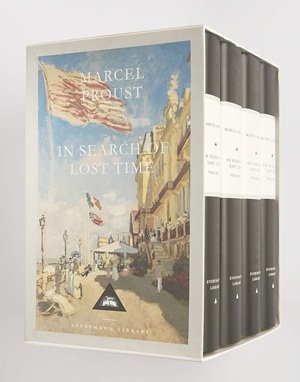Rather than reading In Search of Lost Time as a traditional novel, or even a modernist masterpiece, consider approaching it as an exploration of the emotional brain decades before neuroscience caught up. Proust wasn’t merely writing about memory; he was mapping how emotions are stored, retrieved, and experienced through sensory triggers, long before brain scans and psychology gave us the tools to explain it.
The famous madeleine episode is not just a literary flourish; it’s a case study in involuntary memory. Proust shows us how a single taste can dissolve the wall between past and present, pulling forgotten feelings into vivid clarity. Today, psychologists call this “episodic memory,” and neuroscientists know it’s tightly bound to the senses. But Proust, in his dense, introspective prose, was already dissecting these processes through the act of writing. He turns memory into a visceral, almost biological force.
Moreover, Proust’s treatment of time is deeply subjective. It warps and stretches, contracts into a moment or expands into volumes. This, too, mirrors modern understandings of how trauma, nostalgia, and love alter our perception of time. His narrator isn’t just reflecting on his life; he’s experiencing the emotional elasticity of time as the brain actually processes it. The book becomes a kind of proto-neuroscience memoir, driven not by plot but by perception.
In this light, In Search of Lost Time is less a story and more a long, meditative experiment in consciousness. Proust gives language to the intangible: how we remember, why we regret, and what it feels like to lose or regain meaning. His genius lies not just in observation, but in recreating on the page the way the mind actually moves, in spirals, in loops, in waves of emotion.
So the next time someone tells you Proust is just a long-winded writer obsessed with madeleines, tell them this: he was trying to document what it means to feel memory. In doing so, he came closer than anyone else to capturing the inner machinery of the human heart.


